With the rise of sustainable fashion there has been a corresponding rise in greenwashing, aka brands exaggerating their sustainability efforts. In this new world of eco-consciousness, how are you to tell which brands are actually sustainable?
We want you to know what’s really going on. Here’s what you need to know about the brand Allbirds.
Allbirds
Allbirds is a shoe brand founded with a commitment to use more natural and eco-friendly materials. They’re also a B Corporation and have a commitment to disclose and reduce their CO2.
While they are obviously doing some things right, they failed our sustainable brand criteria. The primary reason is an overwhelming lack of transparency regarding their manufacturing, maker well-being, and lack of evidence that they pay living wages. Let’s dive in.
How Allbirds Stacked Up
Using our sustainable brand criteria, Allbirds scored 36 out of 100 points. Brands need 50 or more points to pass.
There are 5 categories that the criteria is based upon: transparency, maker well-being, environmental sustainability, sustainable fabrics, and leadership. Let’s review Allbirds’ performance in each of the 5 sections.
1) Transparency
Allbirds scored a 2 out of 14 possible points in the transparency and traceability section.
They earned points for having a policy against sub-contracting within their Code of Conduct, which is good. When brands permit sub-contracting they are basically allowing for work to be done without knowing the conditions of the workers (hours, wages, etc.).
In their 2020 sustainability report, Allbirds shares the countries where they manufacture but very limited information beyond that. There are no factory names and no information about the actual conditions within the factories, or employee wages. Without this information, customers are unsure of whether the brand practices fair trade principles within their business, or if they’re exploiting workers, which unfortunately is still the norm in the fashion industry.
2) Maker Well-Being
A score of 10 out of 33 possible points was scored in the section regarding maker well-being.
Here’s what Allbirds is doing well: their supplier Code of Conduct is publicly available, in it they protect workers rights to unionize, they assess sewing factories regularly, and have policies for mitigation.
Here’s what Allbirds is lacking: when it comes to wages the Code of Conduct does little more than guarantee workers a minimum wage, there is no evidence they provide workers with living wages, and there is no evidence they provide workers with benefits. Wages make up 9 out of the 33 points because when garment workers don’t earn living wages they struggle to be able to put food on the table or send their kids to school. It is a human rights issue.
We hope Allbirds takes a more serious stance on living wages in the future and considers that sustainability isn’t only about the planet—it’s about people too.
3) Environmental Sustainability
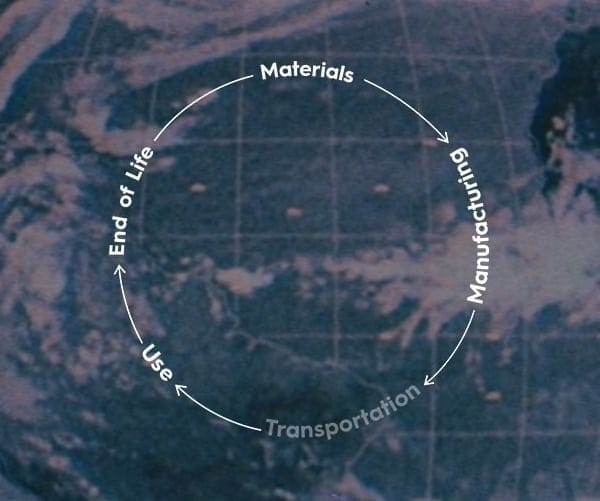
For environmental sustainability, Allbirds racked up 15 out of 31 possible points.
The Allbirds website has a section committed to sustainability and outlines what the company is doing to lessen their environmental impact. Their plan is to eliminate their products’ carbon footprint entirely by 1) measuring the emissions through a life-cycle analysis, 2) reducing impact by using natural and recycled materials, and 3) offsetting carbon use.
Allbirds also has a partnership with Soles4Souls, which helps their shoes find new lives around the world. This reduces clothing waste entering the landfills and helps communities in need thrive.
What cannot be found on Allbirds’ website are plans to reduce water usage in manufacturing and material waste entering the landfill.
4) Sustainable Fabrics
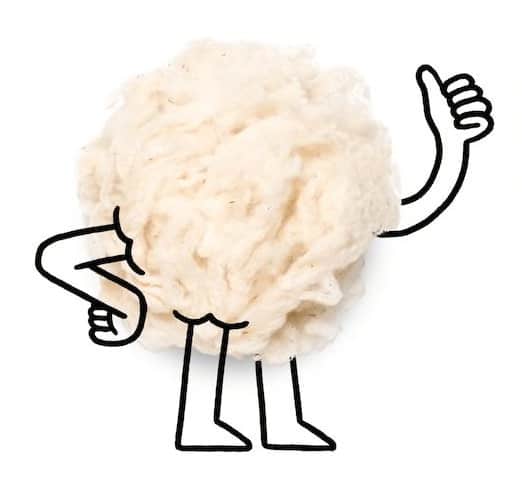

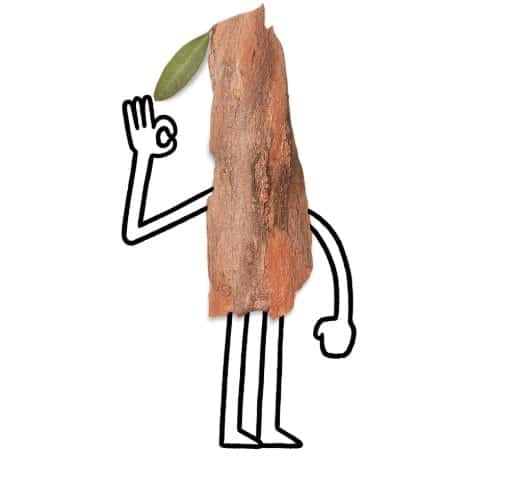
In the sustainable fabrics section, Allbirds scored 8 out of 14 points.
There is an entire page on Allbirds’ website dedicated to the materials used in production. Raw materials such as wool, sugarcane, and tree fiber are used to make their shoes.
By using the luscious locks of merino sheep trimmings, Allbirds uses 60% less energy than typical synthetic shoe producers. They even work with organizations such as ZQ Merino to ensure the sheep are living comfortably. Sugarcane is used for the shoe soles at Allbirds. When it is processed at their factories, the biomass is extracted and used to power the mill and fertilize crops.
Eucalyptus trees offer natural fibers and a closed-loop process for fabric production. Compared to cotton and other materials, Allbirds’ tree fiber, TENCEL Lyocell, uses 95% less water and halves their carbon footprint. Allbirds also works with the Forest Stewardship Council to protect forests as well as the species that depend on them. Allbirds uses recycled plastic bottles for producing shoe laces, recycled nylon for fabric durability, and recycled cardboard for their packaging.
Where is Allbirds lacking? They can improve by having certifications or other evidence that they protect the human rights of raw material suppliers.
5) Leadership
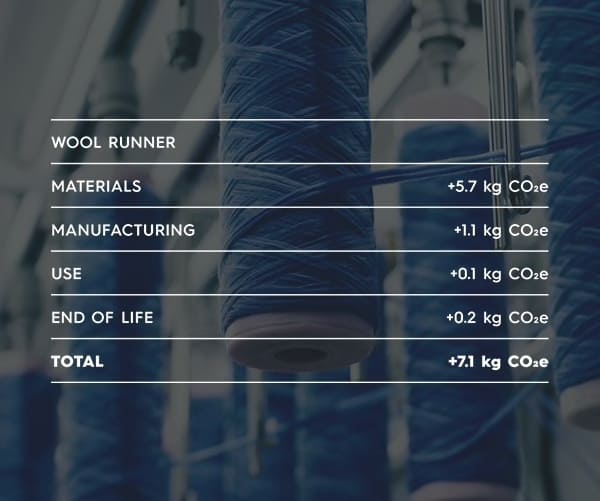
Allbirds scored 1 out of 8 possible points in the leadership section.
The brand earned 1 point for having a discrimination policy.
Where they can improve is having evidence of diverse senior leadership, with POC across top positions, and having a concrete degrowth plan, implementing rental or resale initiatives. Examples of a concrete degrowth plan are when brands do things like made to order production, preventing waste from overproduction, or when brands implement a fully circular business model.
You can learn more about our leadership section, which includes DEI, here.
Isn’t Allbirds a B Corporation?
You may be wondering why we didn’t give Allbirds points for being a B Corporation. B Corps are measured on a scale of 0-200 and must reach a minimum score of 80 to be certified. Allbirds has a score of 89.4.
B Corporation status is not included in our criteria because the information is not transparent for each of B Corps five impact areas. A score is given without insight as to why the brand received it.
While we fully support the B Corp movement, it won’t tell you if a fashion brand matches your values as accurately as our sustainable brand criteria does.
5 Ethical Alternatives to Allbirds
Looking for some ethical swaps? Check out these Certified shoe brands that focus on both environmental and social impact:
Sustainable Brands
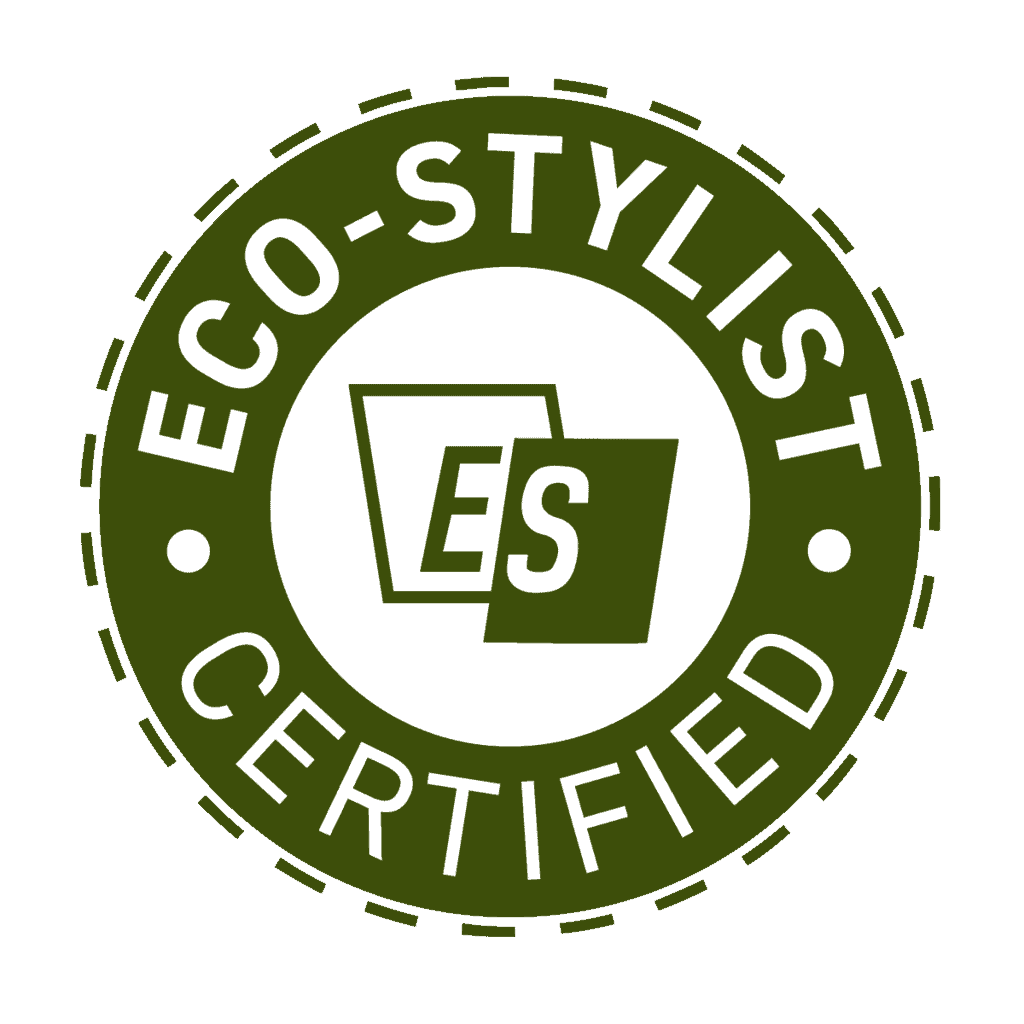
Looking for sustainable brands? Check out our thoroughly researched list of sustainable brands that meet and exceed our criteria.
These brands score greater than 50 points on the criteria and are transparent, ensure fair working conditions, and push for more sustainable fabrics and manufacturing processes. All our Certified Brands include ratings so you can see where they excel, where they can improve, and ultimately why they are the leaders in ethical and sustainable fashion.
Next Steps
Do you love Allbirds? Let them know you’d like to see more transparency about how they manufacture their shoes and that you’d like to see proof that they pay their workers fairly.
Here are 4 ways to contact them:
- Tag, Comment, or DM them on Instagram
- Email: help@allbirds.com
- Call: 1-888-963-8944
- Text: 1-814-251-9966
We’d love to see Allbirds pass our criteria in the near future. Until then, which brands would you like us to research next?
*Article revised and updated 12/19/2021 to reflect a more current analysis of Allbirds.
**Featured image by designmilk.

Kaitlyn is a content writer at Eco-Stylist. She studies Sustainability Science at the University of Iowa. Kaitlyn also loves thrift shopping, listening to Harry Styles, and running her online Depop shop.






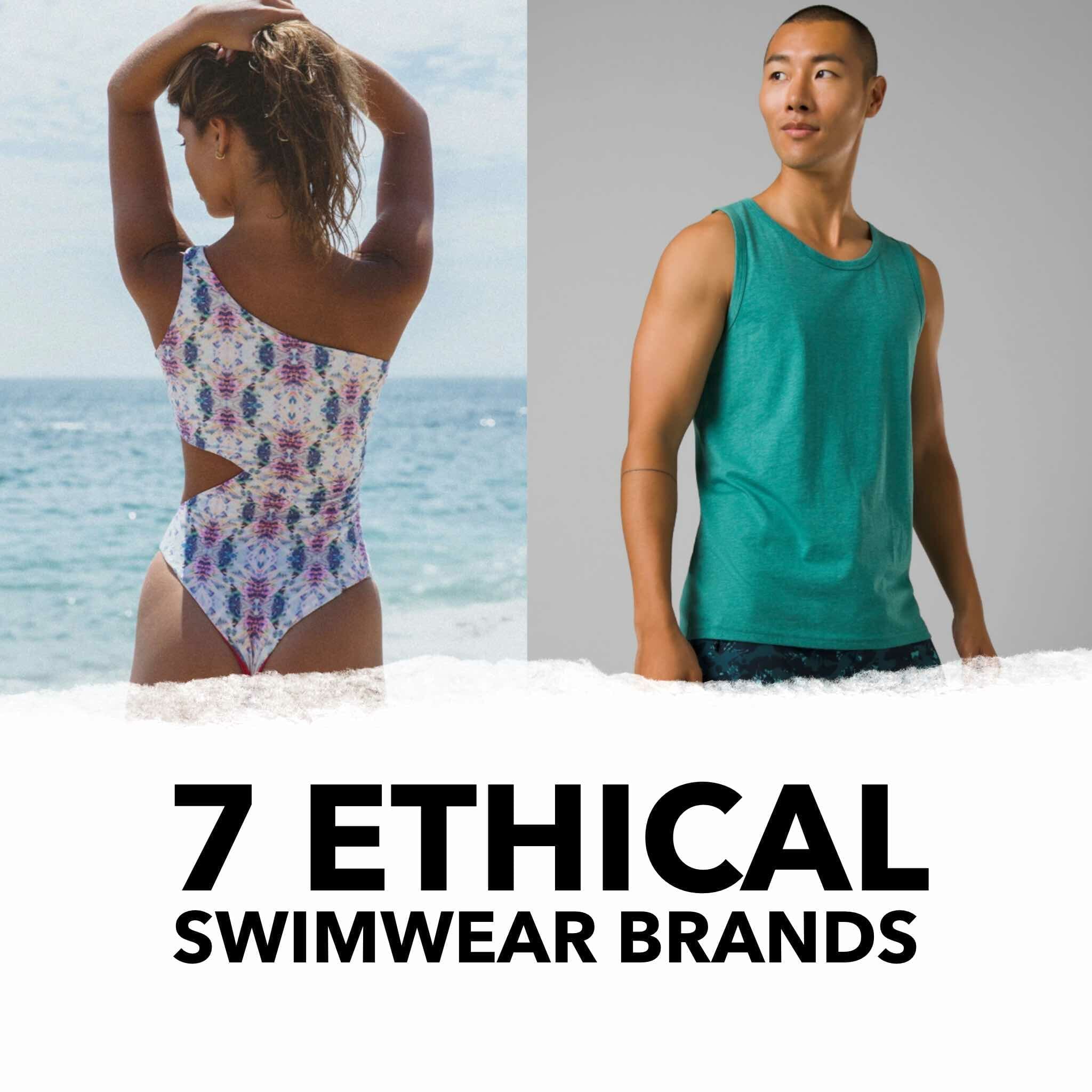

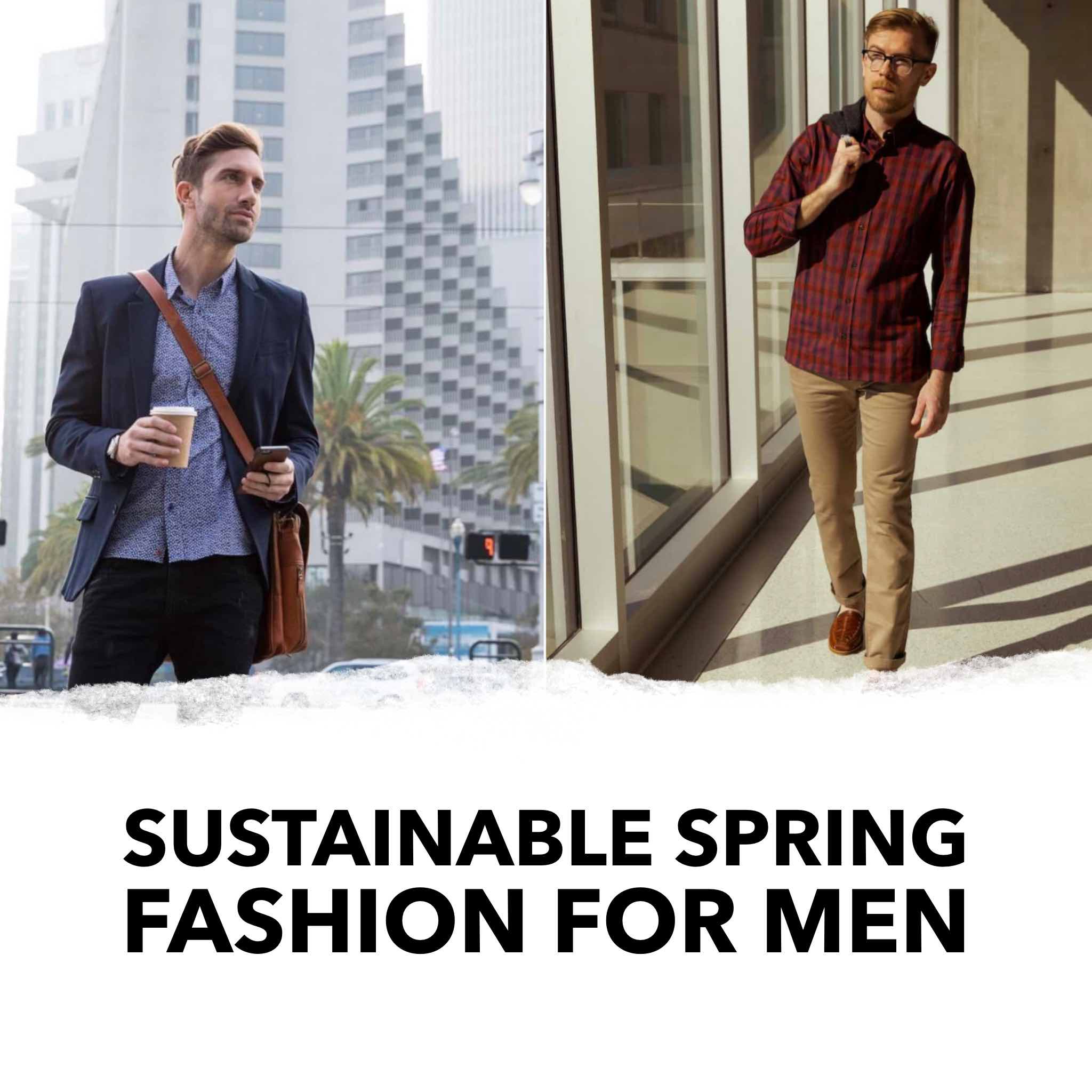

2 thoughts on “How Ethical is Allbirds?”
Definitely a good article, but I wish the research was more in depth. It seems like the entire analysis was performed based on information on the website and not what they actual do. Maybe the factories are extremely humane? Maybe the sourcing of materials isn’t as good as they claim? Allbirds is controlling the narrative based on the marketing content they decided to add to the website, but it needs to be verified. It would be easy to get a perfect score on Eco-Stylist by just updating the website, not by actually doing the things that need to be done to be sustainable.
Hey Kurt, thanks for your feedback. The choice to rely on publicly available information is one we and Remake gave a lot of thought to and there’s several reasons why we do this:
-It’s an activist position. Exploitation happens in the dark, so by relying on what’s publicly available we are encouraging brands to share more information on their websites, which is a good thing. Transparency is a first step for brands to be more ethical and sustainable, and you can see Fashion Revolution’s Transparency Index as another example of this (although one that targets the biggest brands)
-When brands are transparent customer’s can verify our findings (there’s no magic or secret survey)
-If brands were not transparent, then how would you know which brands to trust? Transparency may be imperfect, but it sure beats the alternative.
-Goodonyou’s ratings shifted to relying on publicly available information as well
To your last point about brands getting a perfect score just by updating their website this is highly unlikely or even impossible. First, no brand has a perfect score. Second, a perfect score would mean the brand is fully transparent, pays living wages and benefits, sources ethically and sustainably in their entire supply chain (buttons to fabrics), shares diversity policies, has a circularity program, and more (it’s kind of hard to fake a circularity program – think WornWear). If a brand lied about any or all of those things they would get caught and they would be liable for that information (lawsuits). Which is why brands don’t do that. If it was that easy you can bet Zara would have done it.
Relying on public information does not mean that brands are not accountable. We take into account all certifications a brand has (Fair Trade, GOTS, etc.) and those certifications mean external validation and audits. Some brands own their own factories but they regularly live stream from their factories and publish detailed impact reports. While technically speaking a brand could lie about some of these things, you can imagine how much a brand would be putting at risk to do so, and what would happen when they were caught.